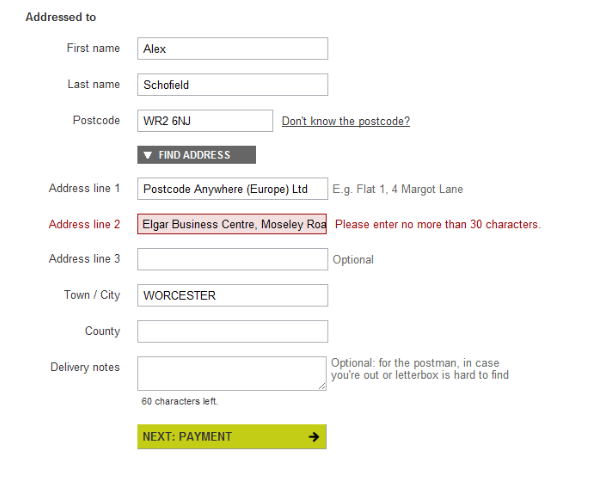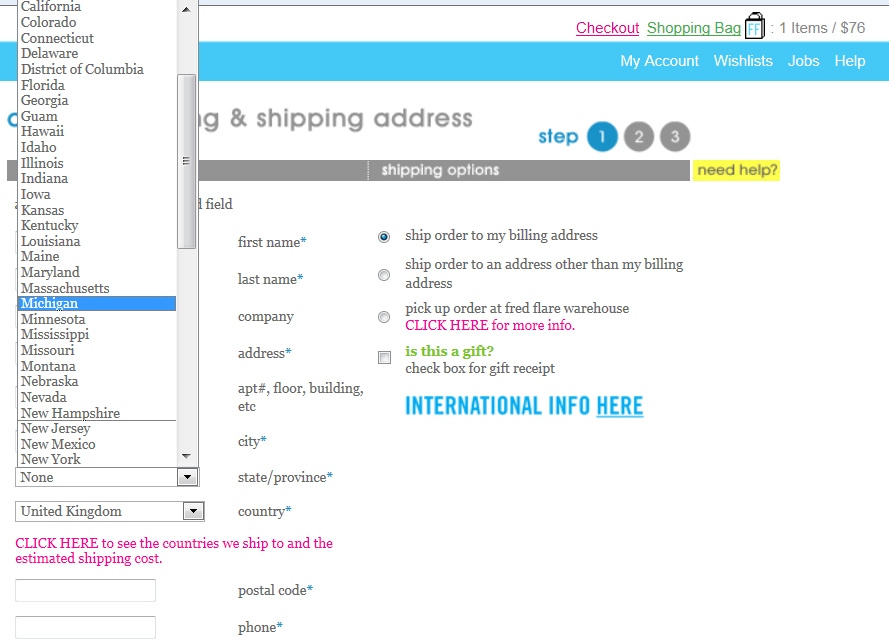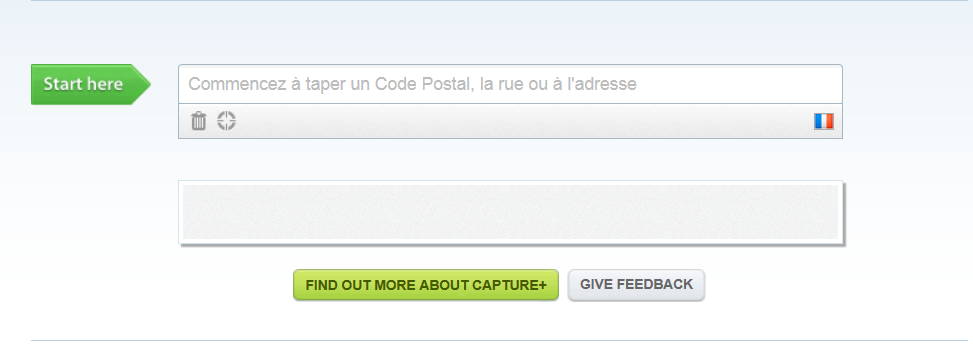Over the last few years there has been a phenomenal interest in providing services to international markets.
With over 240 countries, 130 postal address formats, almost 40 different personal name formats, 6,500 languages, and over 40 scripts, accommodating for each and every customer is by no means easy.
Attempting to collate international address data from respondents in different countries on to forms that weren’t purpose-built to suit the differing requirements of individual countries is like trying to fit a square peg into a round hole.
If you do run an international business, what is the best way to address these various formats?
It’s critical that you ensure all your fields are long enough to contain your customer’s data.
I have come across so many forms that impose a limit on the number of characters you can enter, which is obviously highly frustrating. Some sites, for example, limit the postcode entry to just five digits, while this is fine for most Americans it obviously hinders any UK or Canadian users registering.
Canada has seven digits (including a space and a mix of letters and numbers) and Australia has a four digit numeric code. Most forms I’ve come across make the postal code a required field, despite the fact that over 50 territories of the world have no postal code system at all!
Similarly, fashion retailer New Look only allows for 30 characters in the address lines, which is problematic for any users with longer addresses, including ours at Postcode Anywhere!

American databases often allow a maximum 35 characters for a postal town name, because this allows storage of all American place names, but used internationally it would mean 20% of Brazilian place names having to be truncated or abbreviated.
Websites that are too rigid in their formats can cause a great deal of friction for the potential customer. If in any doubt at all, it is always advisable to leave more space than might be required.
For name’s sake
Forcing users to supply both a given name and a last name can be another source of frustration for international users. This is because the structure and usage of names varies considerably from one culture to the next.
For instance, Spanish-speaking people will commonly have two family names, and many cultures in Southern India, Malaysia and Indonesia, a large number of people have names that consist of a given name only, with no patronym at all.
So unless you have a specific data requirement to separate the two, consider using a single name field, like Amazon does.

It’s then up to the user to enter what they feel comfortable with, whether this is their full name, a first name only, or even their nickname. It’s their fault if your sales team has to embarrass them by calling their office asking for a “Kermit the Frog.”
State of Play
Despite offering international delivery and selecting the UK as my country, this store still insists on users entering a state.
Again, this is another unnecessary question lengthening the checkout process and obstructing customers from making that all important purchase.

Addressing the world with one solution
To account for these international variations, web form designers have taken a number of approaches: specific formats, changing formats, and generic formats, however these aren’t always easy to formulate or the most user-friendly.
There are addressing solutions available, however, that can accommodate all every country’s preference. As you enter any part of your address or postcode, Capture+ suggests results as you type, eliminating the need for complicated and tedious forms.

What’s particularly nifty about this application is that it can automatically detect the country the user is located and tailor the address look-ups and language to the appropriate country, which is another great way to reduce the form-filling process and improve your usability.
It’s a simple and elegant fix which avoids blaming the customerand makes the checkout process that little bit smoother.
We are all affected by our cultural background, and considering global diversity is not at the top of our minds when we are designing a website, but it is however, one of the steps to improving usability and ensuring high quality international data.

Comments